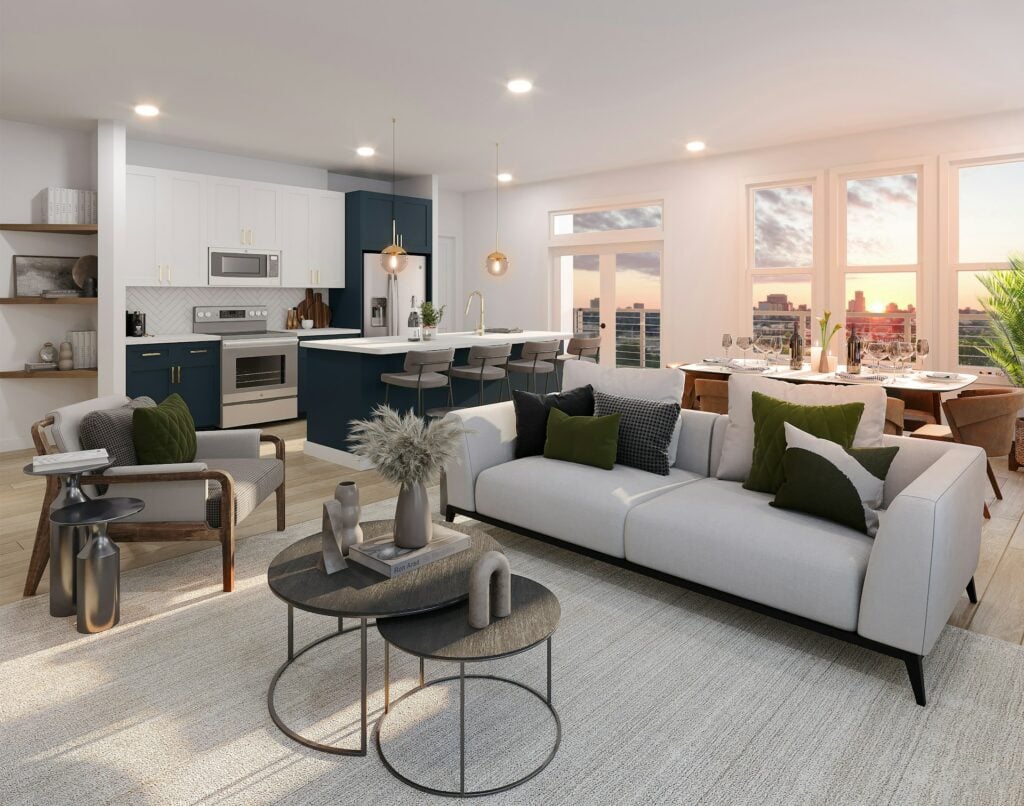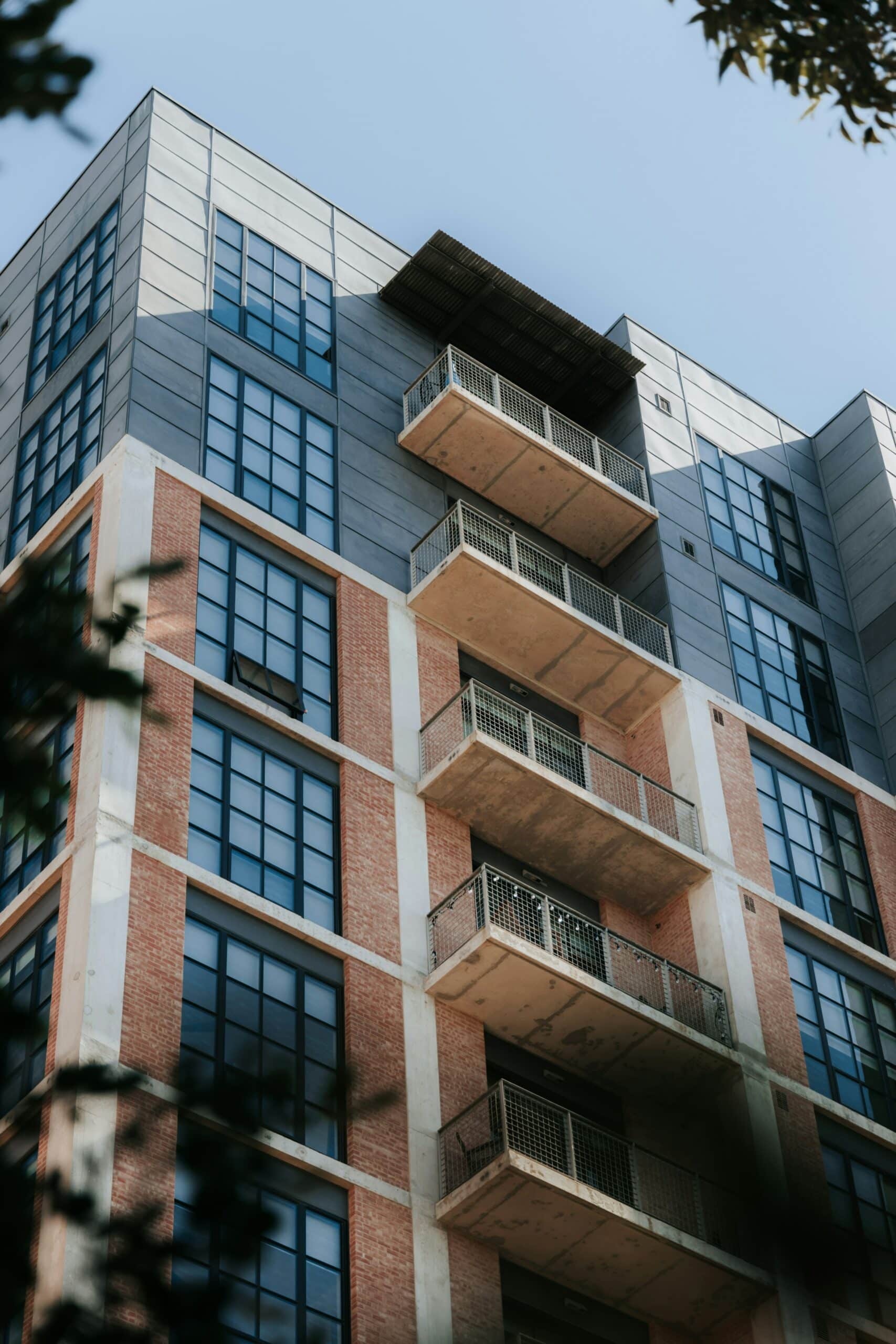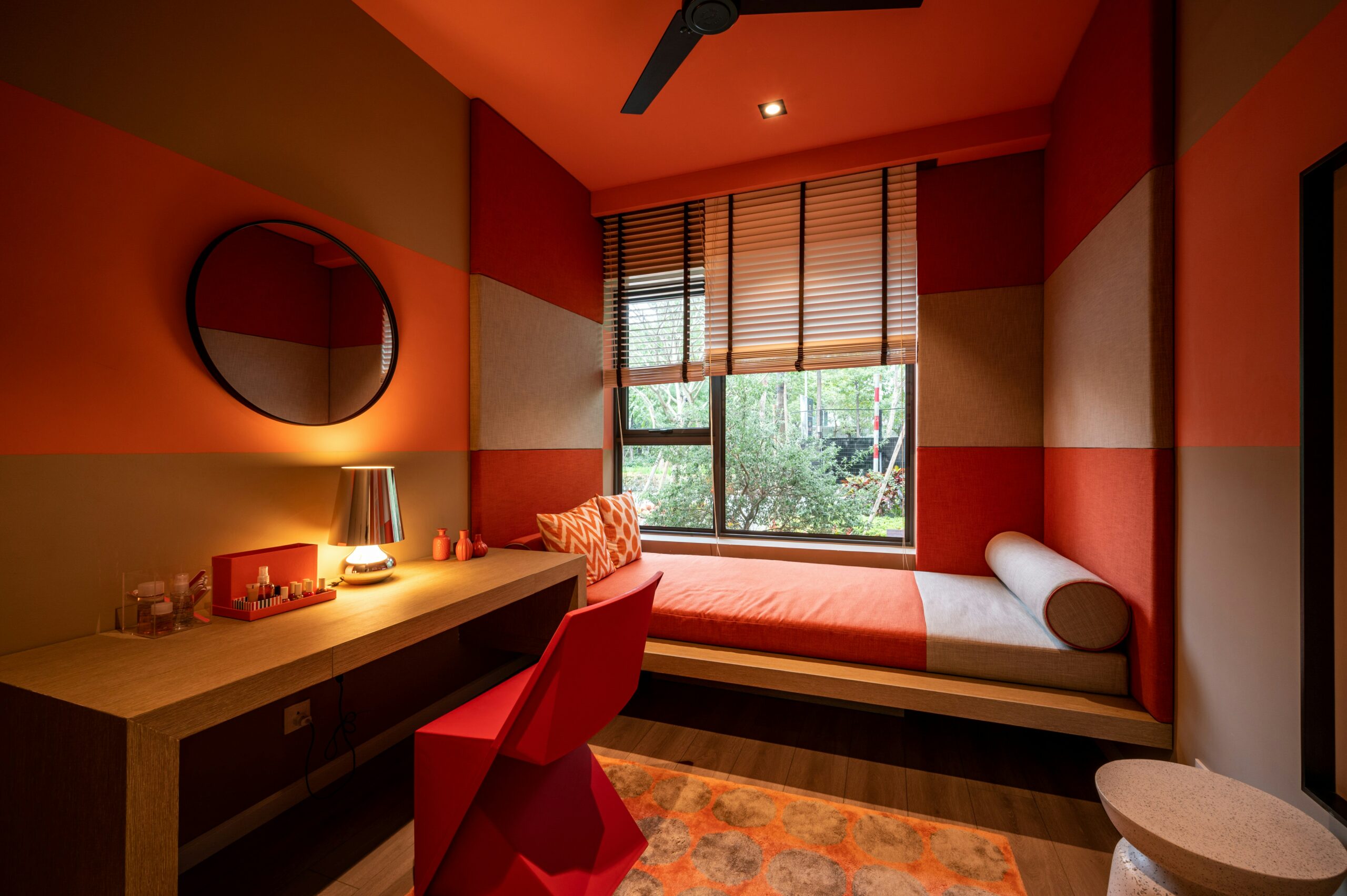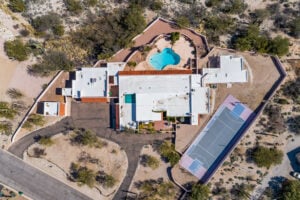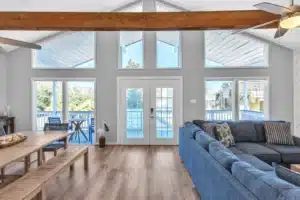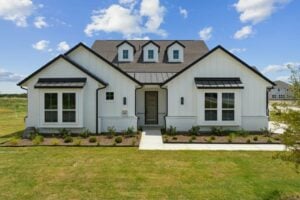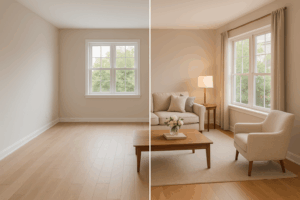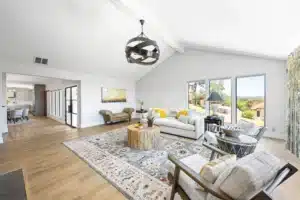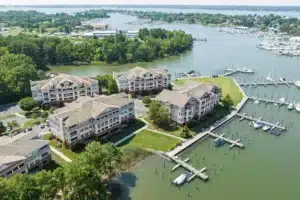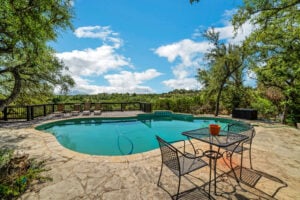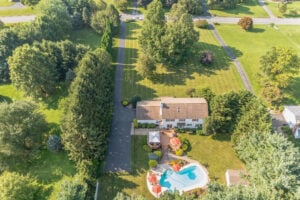Building your portfolio as a real estate photographer means taking on a range of properties, each with their own unique features and challenges. Apartment spaces, in particular, present distinct obstacles due to their often compact and small layouts. These cramped floor plans can make it difficult to capture the full scope of the property and showcase its potential to prospective buyers or renters. However, with the right approach and equipment, you can easily produce apartment photos that effectively highlight the space and maximize its appeal.
Tackling cramped floor plans through the lens
Whether it’s a newly constructed building or a classic studio in the city, apartment spaces are teeming with charming details just waiting to be showcased. From sleek modern lines to cozy rustic accents, every nook and cranny offers photographers a unique opportunity to highlight the building’s character and design. Yet, navigating these tight spaces can be tricky.
Ever found yourself in a cramped spot trying to capture the perfect shot? Apartments, with their often snug dimensions, offer limited room to maneuver. Not to mention, some condo and loft places come packed with awkward angles, making it even more challenging to present a living space that is realistic to the eye.
Luckily, there are several strategies you can employ to produce quality photographs that do justice to the space. And primarily, it all starts with selecting the right lens.
Lens selection tips
When it comes to photographing small layouts, selecting the right lens is crucial. The choice of lens can significantly impact the perspective, depth, and overall composition of the images, ultimately influencing how the space is portrayed. Different focal lengths and lens types offer varying perspectives and capabilities, each suited to different shooting scenarios.
Wide-angle lenses, for example, are invaluable for capturing expansive views and maximizing the sense of space within tight quarters. By allowing for a wider field of view, wide-angle lenses can help convey the full scope of the environment, making even small rooms appear more spacious in photographs. That said, caution should be exercised to avoid excessive distortion and the undesirable fisheye effect.
Opting for a standard lens with a focal length ranging between 35 and 85 mm is also recommended for achieving an optimal blend of perspective and detail. This range strikes a balance, providing sufficient width to capture the surroundings while maintaining natural proportions and minimizing distortion within the apartment space.
Tilt-shift lenses are another popular choice for real estate apartment photography due to their ability to control focus and correct perspective distortions. In interior photos, tilt-shift lenses maintain sharp focus across the entire room, making them ideal for highlighting details like ceiling moldings and floor tile patterns.
Additionally, these lenses enable photographers to create selective focus effects, drawing attention to specific details within the frame, such as a fireplace, artwork, or large windows.
Other things to remember when shooting cramped floor plans
Once you’ve selected the perfect combination of lenses for your photoshoot, remember to consider these helpful tips to ensure your composition is just right.
- Lighting plays a crucial role, particularly when capturing interior spaces or difficult shooting conditions. Choose to photograph on sunny days when natural light floods the space, and utilize artificial lighting strategically to enhance illumination.
- Windows can serve as focal points and contribute to the overall ambiance of the scene. Incorporating views of the building’s surroundings from within adds depth and dimension, allowing potential buyers or renters to immerse themselves in the space. This technique not only provides an interesting perspective but also enhances the perceived spaciousness of the area.
Essentially, limited natural light, or light in general, and tight spaces can create shadows and uneven lighting, making it difficult to achieve well-exposed and evenly lit photographs. While the lens you choose is important, it’s equally crucial to master lighting techniques and adapt to the challenges posed by the environment.
Overview
The solution to successfully photographing cramped floor plans lies in careful lens selection and thoughtful staging. By choosing the right lens, such as wide-angle or tilt-shift lenses, you can effectively capture the full potential of the property and avoid shots filled with shadows or distortion.
Furthermore, emphasizing key architectural features can add depth and dimension to the images, making the space more visually appealing to potential buyers or renters. Proper staging, including decluttering and arranging furniture strategically, can also help maximize the perceived spaciousness of the area.
We encourage readers to apply the lens selection tips and other helpful insights discussed in this article to enhance their own real estate photography skills and overcome the challenges of shooting in tight spaces. If you have more questions about acing apartment photography or require additional photography tips, don’t hesitate to delve deeper into our HomeJab blog for top insights.

